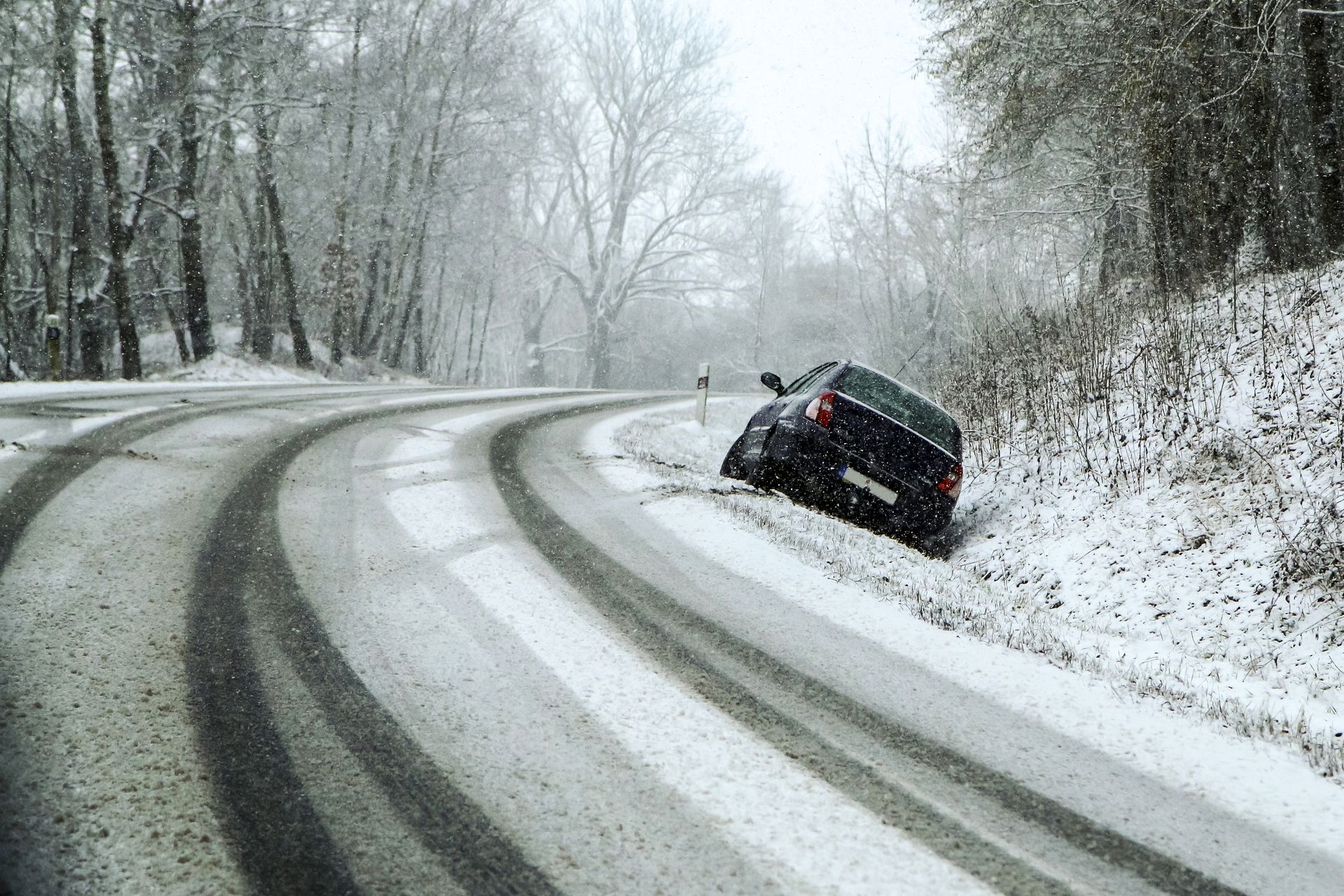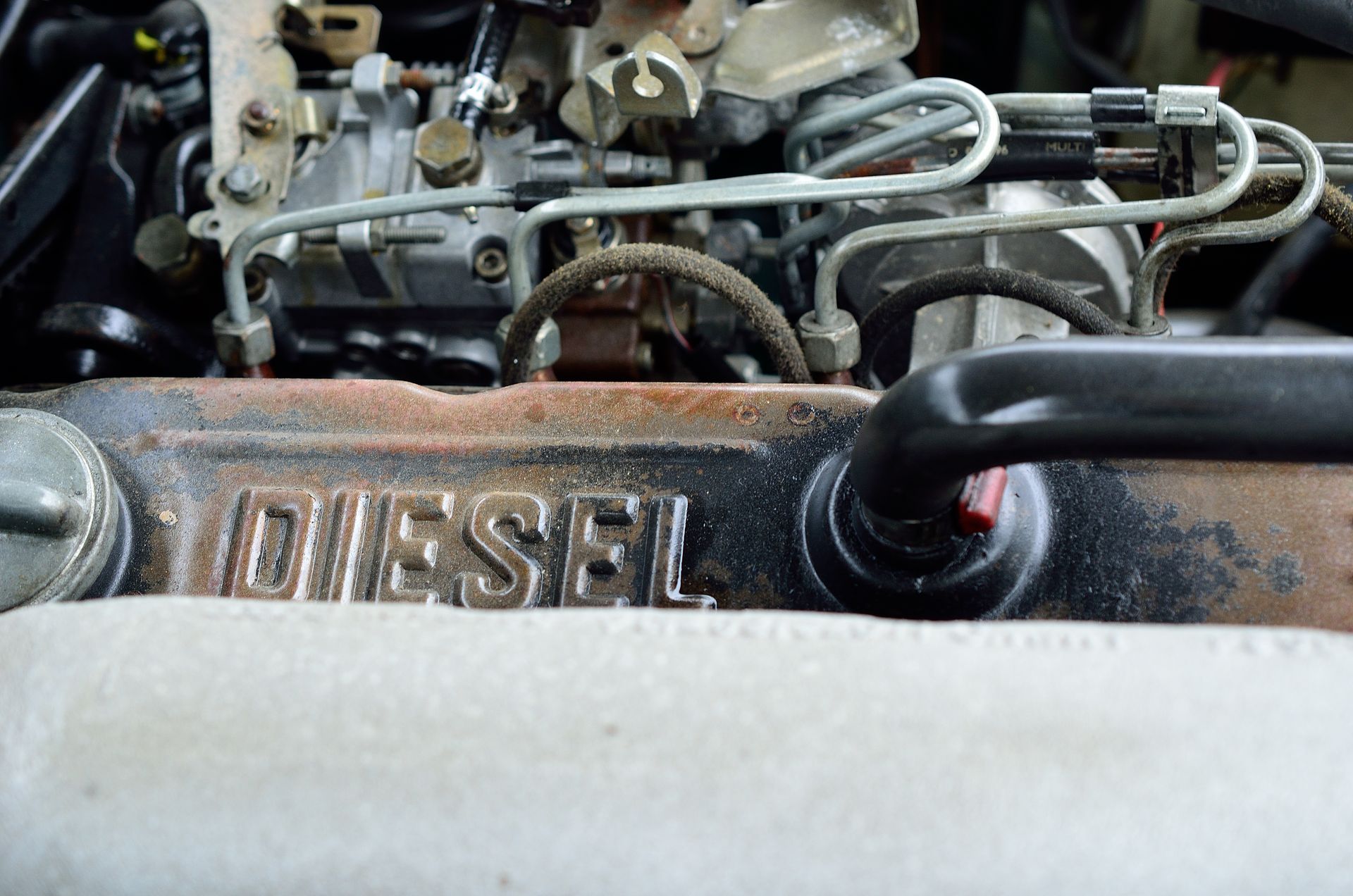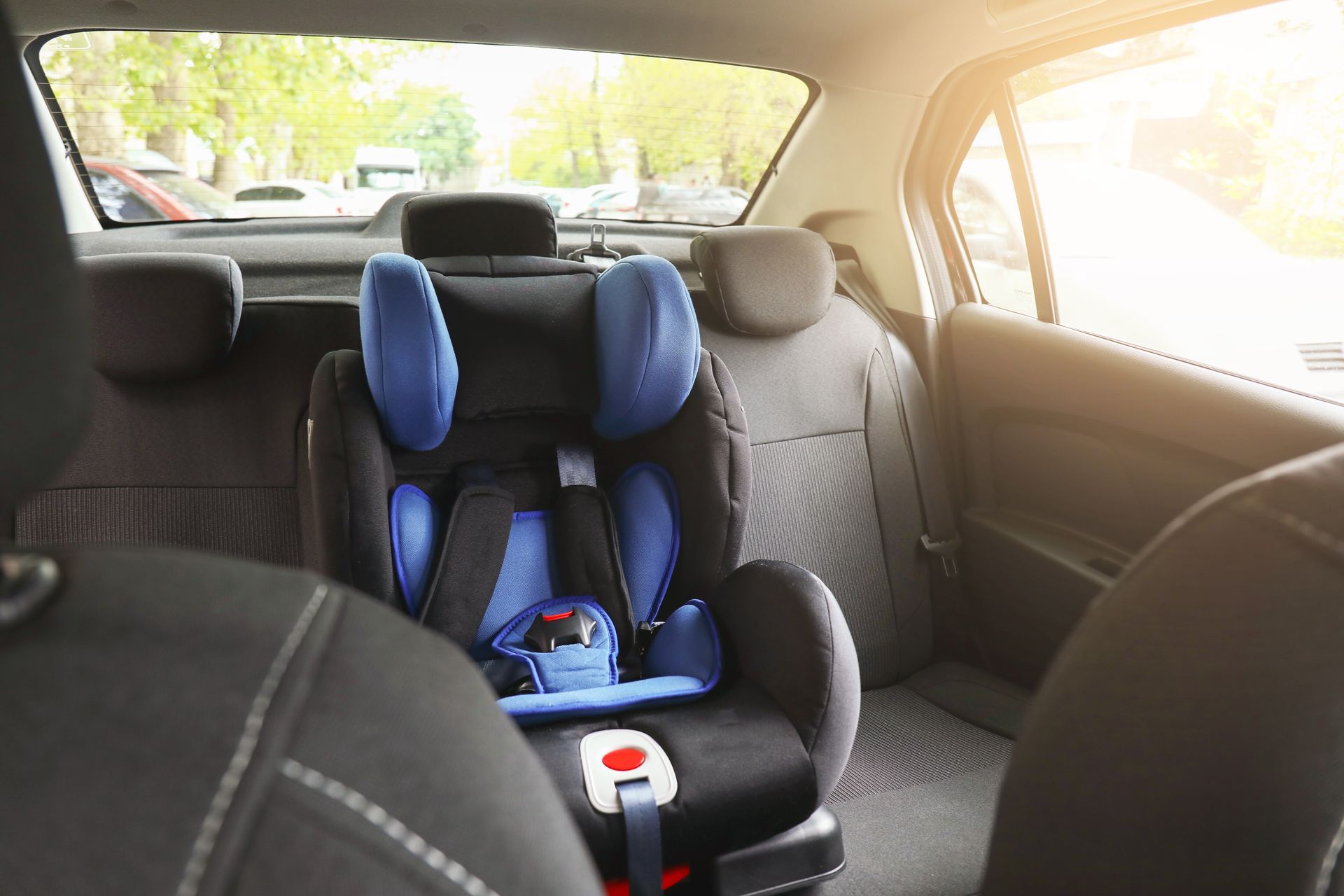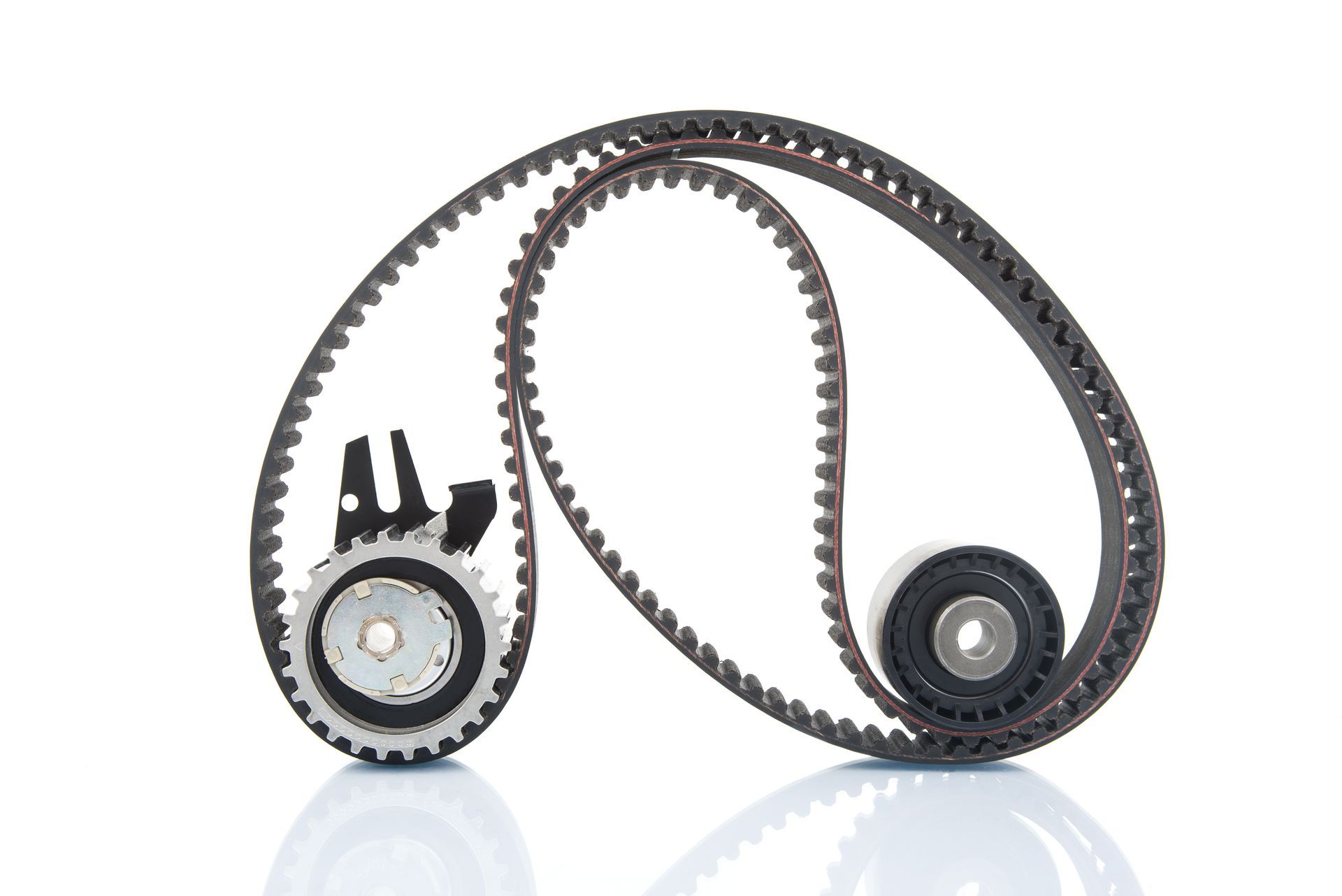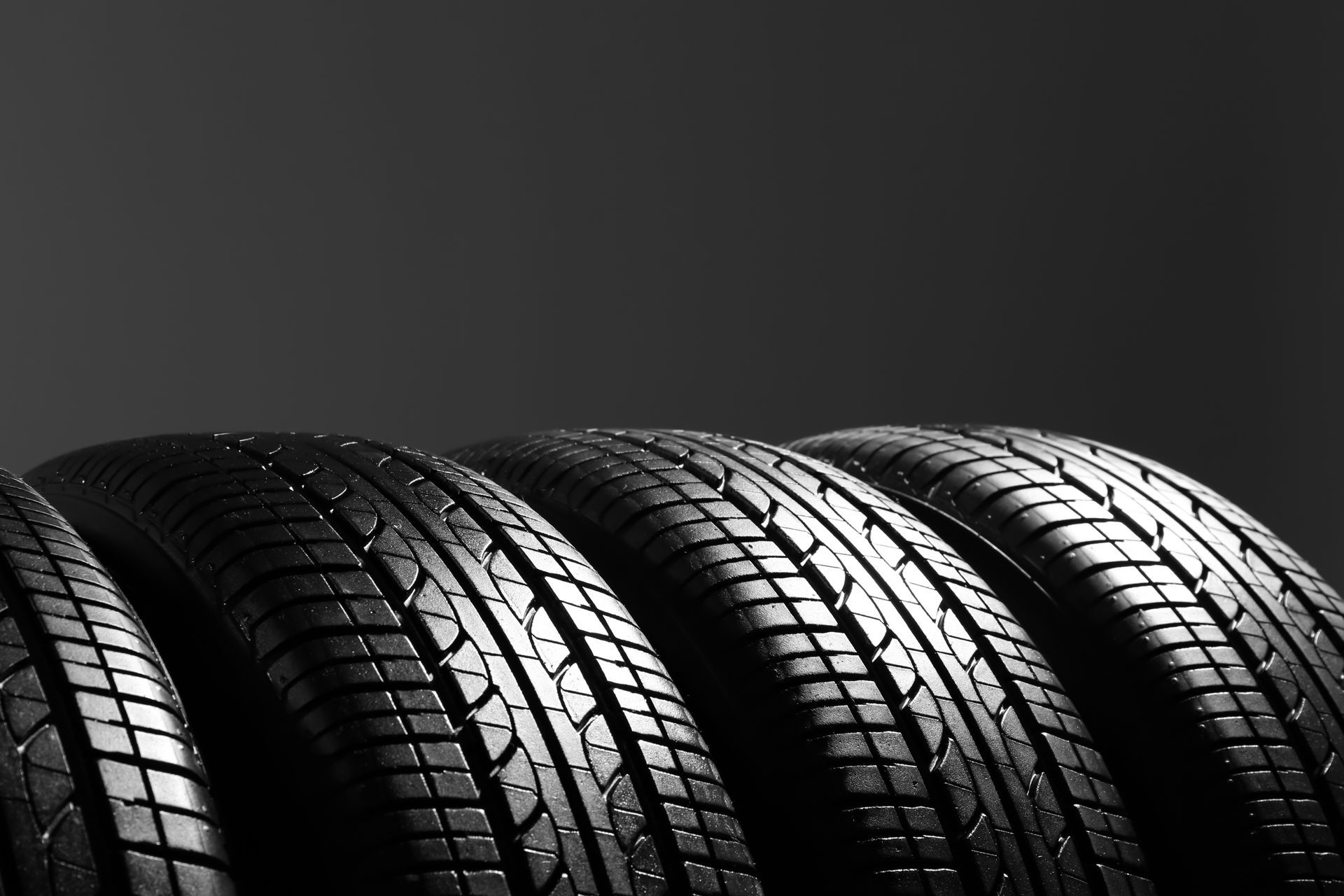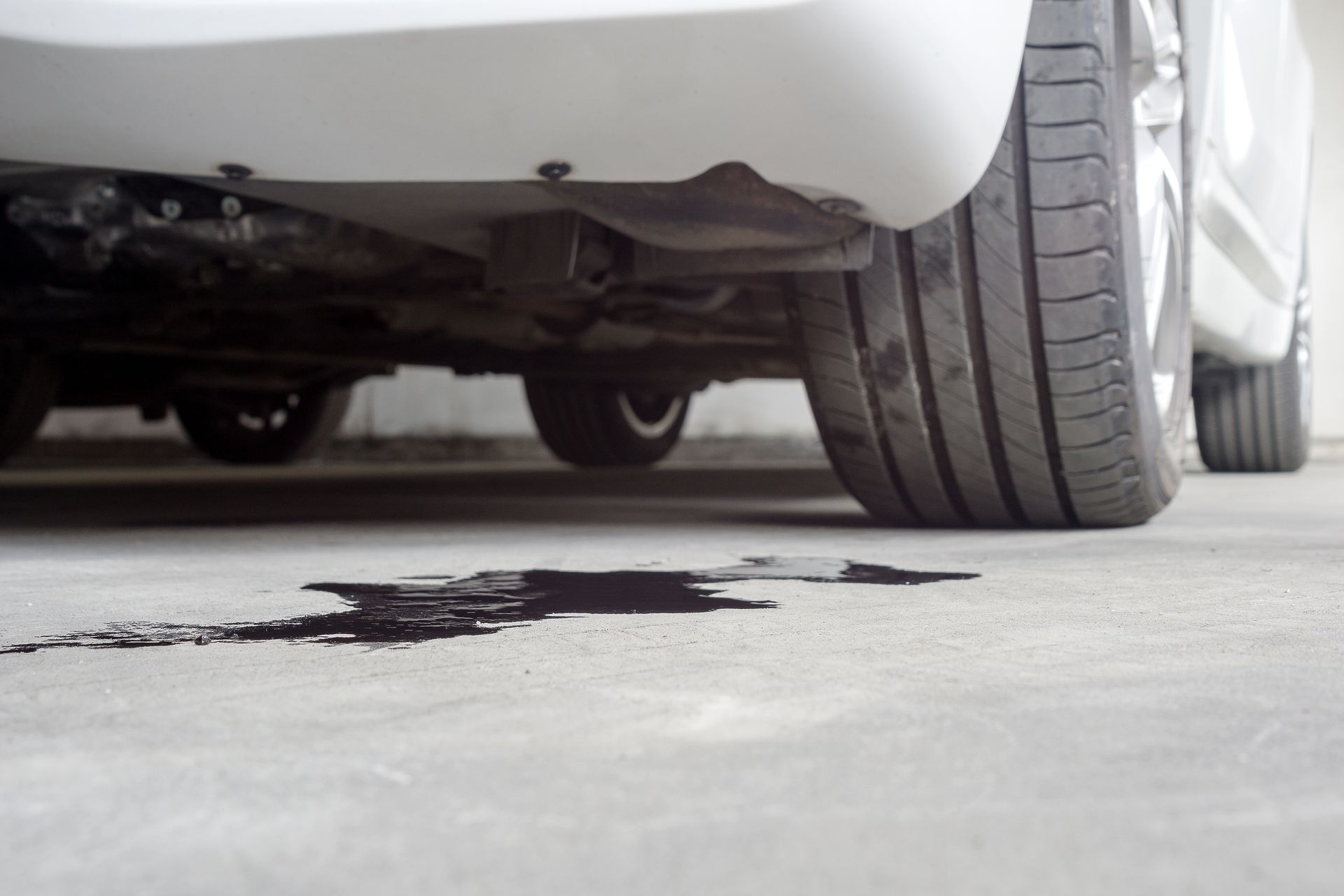Loading ...
Missing business hours data / Error occurred while getting the data.
24 hour service, After hours towing
Loading ...
Missing business hours data / Error occurred while getting the data.
24 hour service, After hours towing
How Can I Tell If My Car’s Automatic Transmission Is Slipping?
February 28, 2025
Ivan Mirchev
Your car’s transmission is responsible for smoothly shifting gears and keeping your vehicle moving efficiently. But what happens when it starts to slip? A slipping transmission can lead to major performance issues, safety concerns, and expensive repairs if ignored for too long. If you’ve noticed your car hesitating, struggling to accelerate, or shifting gears unpredictably, your transmission could be in trouble. Knowing how to recognize the signs of a slipping transmission can help you catch the problem early and avoid a breakdown.
What Is a Transmission Slipping
A slipping transmission occurs when the gears don’t engage properly, causing the car to lose power or struggle to maintain speed. This issue is often caused by worn-out components, low transmission fluid, or internal damage. Unlike a sudden mechanical failure, transmission slipping tends to develop over time, giving drivers warning signs before it becomes a serious problem.
If you notice that your engine revs higher than usual without an increase in speed or that your car hesitates before shifting gears, your transmission may be slipping. Addressing these symptoms early can prevent costly repairs and extend the lifespan of your transmission.
Signs Your Transmission Might Be Slipping
One of the first indicators of a slipping transmission is delayed acceleration. If you press the gas pedal and your car doesn’t respond immediately, it could mean that your transmission isn’t properly transferring power to the wheels. This delay can make it difficult to merge onto highways or react quickly in traffic, increasing safety risks.
Another common sign is unexpected RPM increases. If your tachometer (the gauge that measures engine speed) suddenly jumps without a change in speed, your transmission might be struggling to maintain gear engagement. This can also be accompanied by a burning smell, which often signals overheating transmission fluid.
Drivers may also experience hard or erratic shifts. If your car jerks, hesitates, or makes a clunking noise when shifting gears, something isn’t working correctly inside the transmission. In some cases, the transmission may even slip into neutral unexpectedly, causing a sudden loss of power.
What Causes a Transmission to Slip
There are several potential reasons why an automatic transmission might start slipping. One of the most common culprits is low or contaminated transmission fluid. Transmission fluid acts as both a lubricant and a hydraulic fluid, allowing gears to shift seamlessly. If the fluid level is too low or has become dirty over time, the transmission won’t function properly.
Another possible cause is worn-out transmission bands or clutch plates. These components help engage and hold gears in place, and over time, they can wear down from constant use. If these parts become too worn, the transmission may struggle to stay in gear.
Other potential causes include a failing torque converter, solenoid problems, or internal transmission damage. Any of these issues can prevent the transmission from operating efficiently, leading to slipping and performance problems.
Is It Safe to Drive with a Slipping Transmission
Driving with a slipping transmission is risky because it can lead to unexpected power loss, difficulty shifting, and even complete transmission failure. If your car is struggling to maintain speed or hesitating between gears, it could put you in a dangerous situation, especially when driving on busy roads or highways.
Even if the issue seems minor at first, ignoring it can result in expensive repairs or the need for a full transmission replacement. A slipping transmission puts extra strain on other components, leading to additional wear and tear on your vehicle.
How to Address a Slipping Transmission
If you suspect your transmission is slipping, the first step is to check the transmission fluid. Look for signs of low fluid levels or discoloration. Healthy transmission fluid is typically red and has a slightly sweet smell, while old or contaminated fluid may appear dark brown and have a burnt odor. If the fluid is low, topping it off may help temporarily, but a leak could be the underlying issue.
Beyond fluid checks, a professional inspection is the best way to diagnose and fix a slipping transmission. A skilled technician can identify worn-out components, damaged sensors, or internal transmission problems that may not be visible during a basic check.
For drivers in Oneida, NY, addressing transmission issues on time can be the difference between a simple repair and a costly transmission replacement. If your car is showing any signs of a slipping transmission, getting it inspected as soon as possible can help keep your vehicle running safely.
Transmission problems getting worse? Don’t wait until it’s too late. Stop by
Oneida Service Center in Oneida, NY, for a full diagnostic check and expert service. Book your visit now!
24 hour service, After hours towing
Loading ...
Missing business hours data / Error occurred while getting the data.
having trouble finding us?
Loading ...
Missing nap lines data / Error occured while getting the data.



